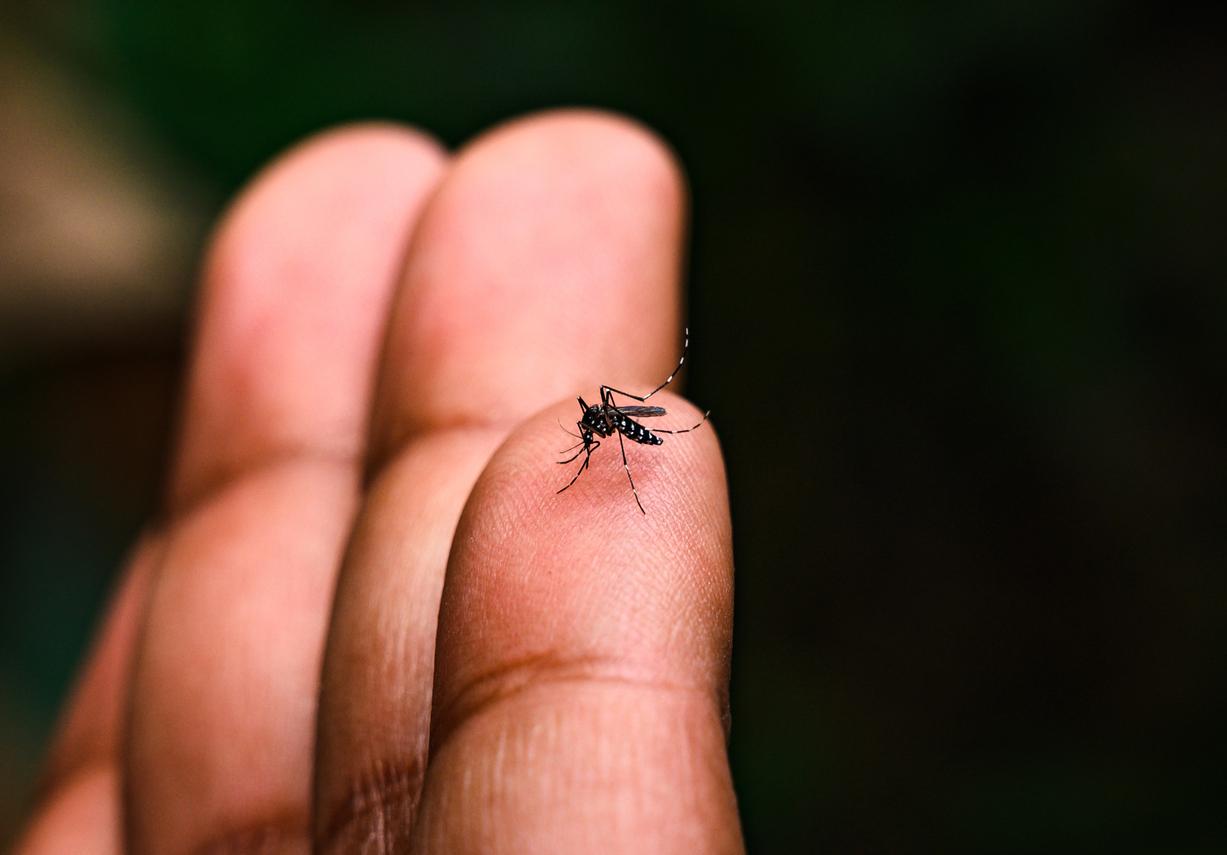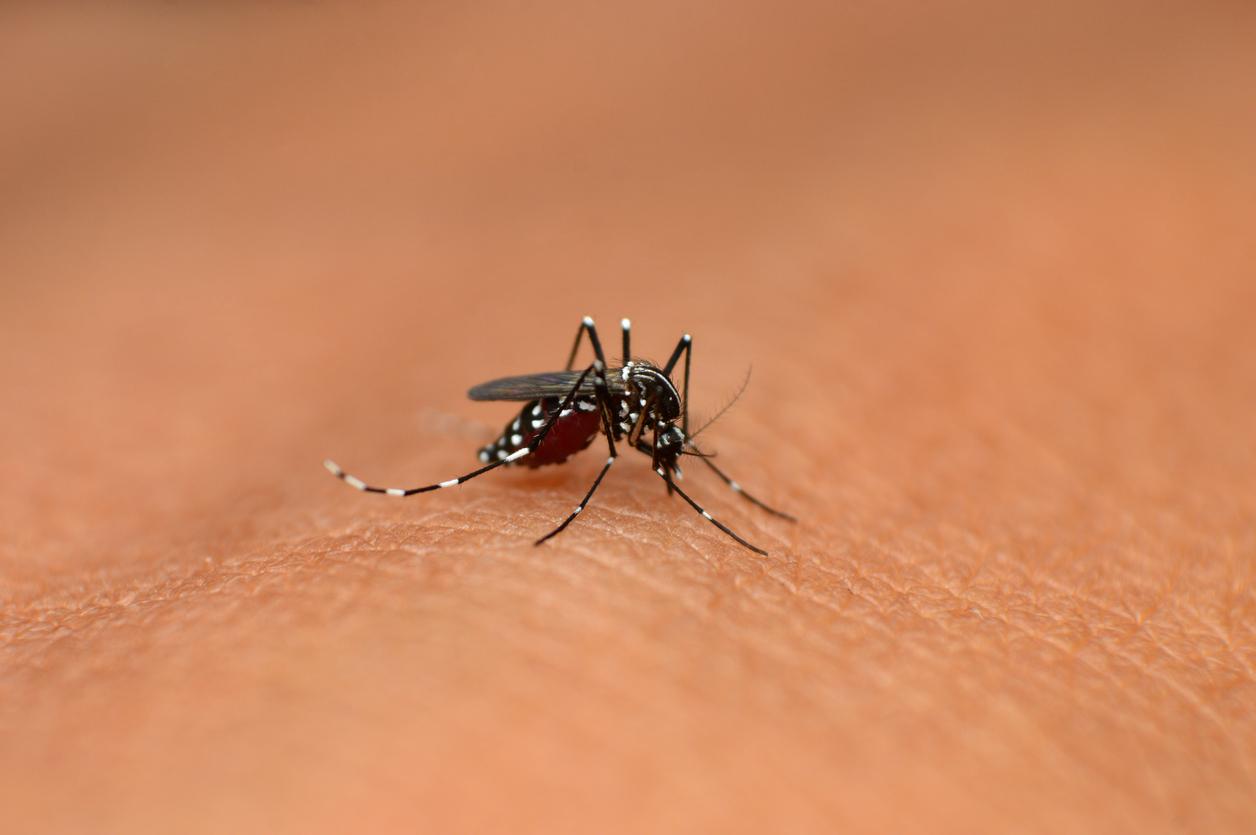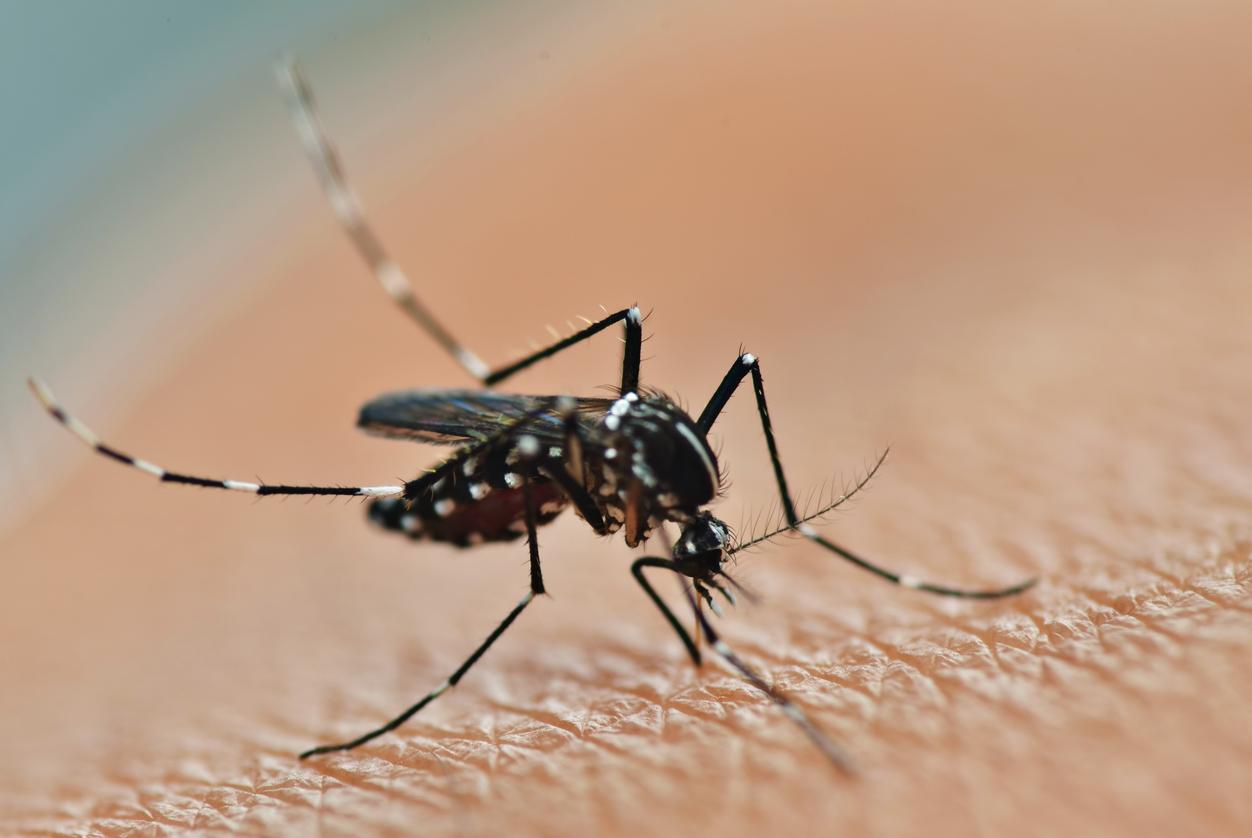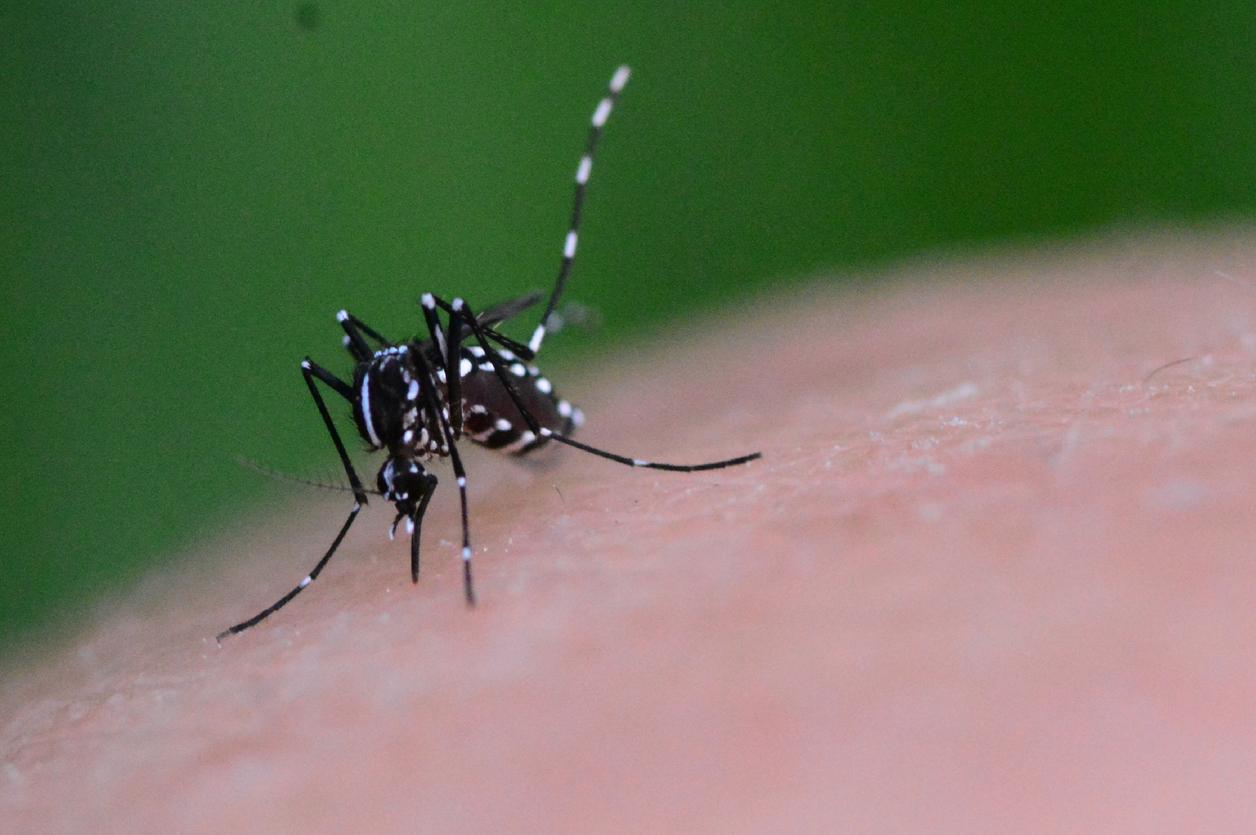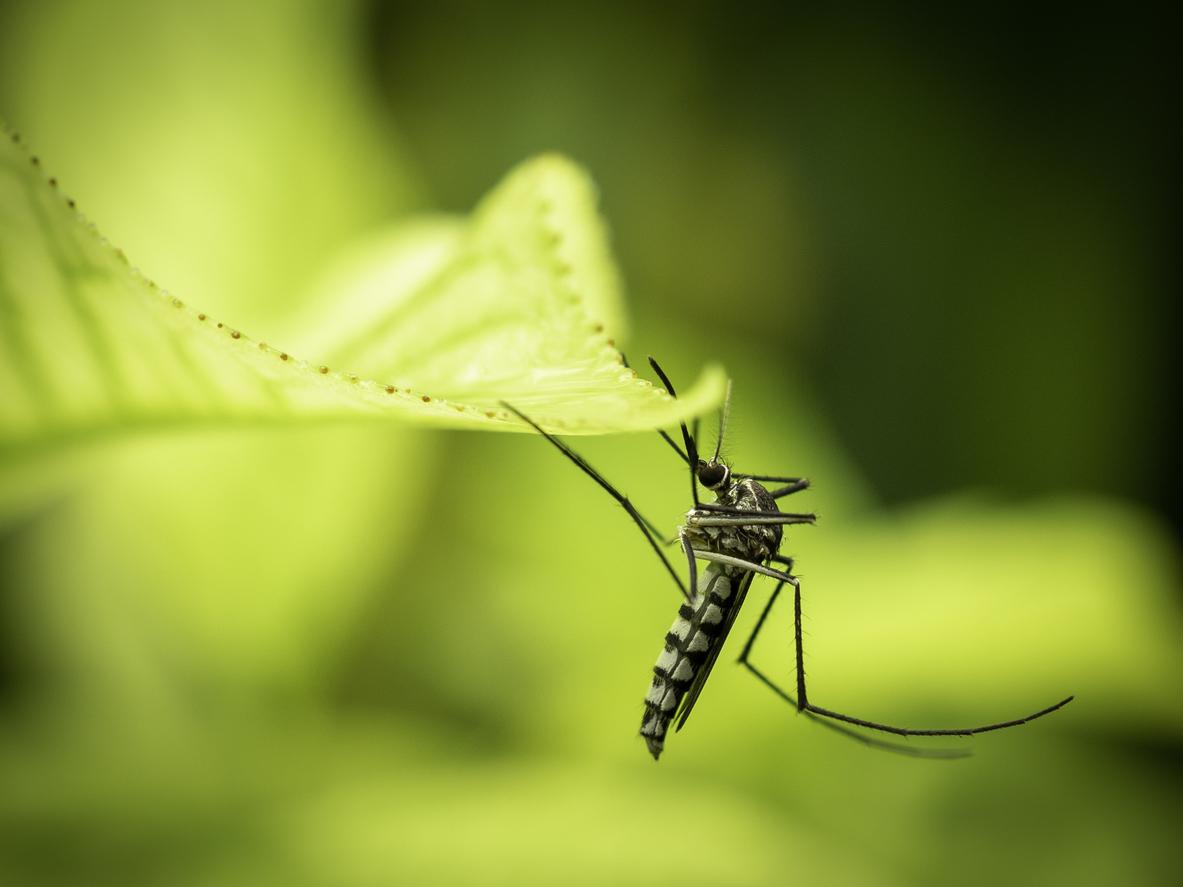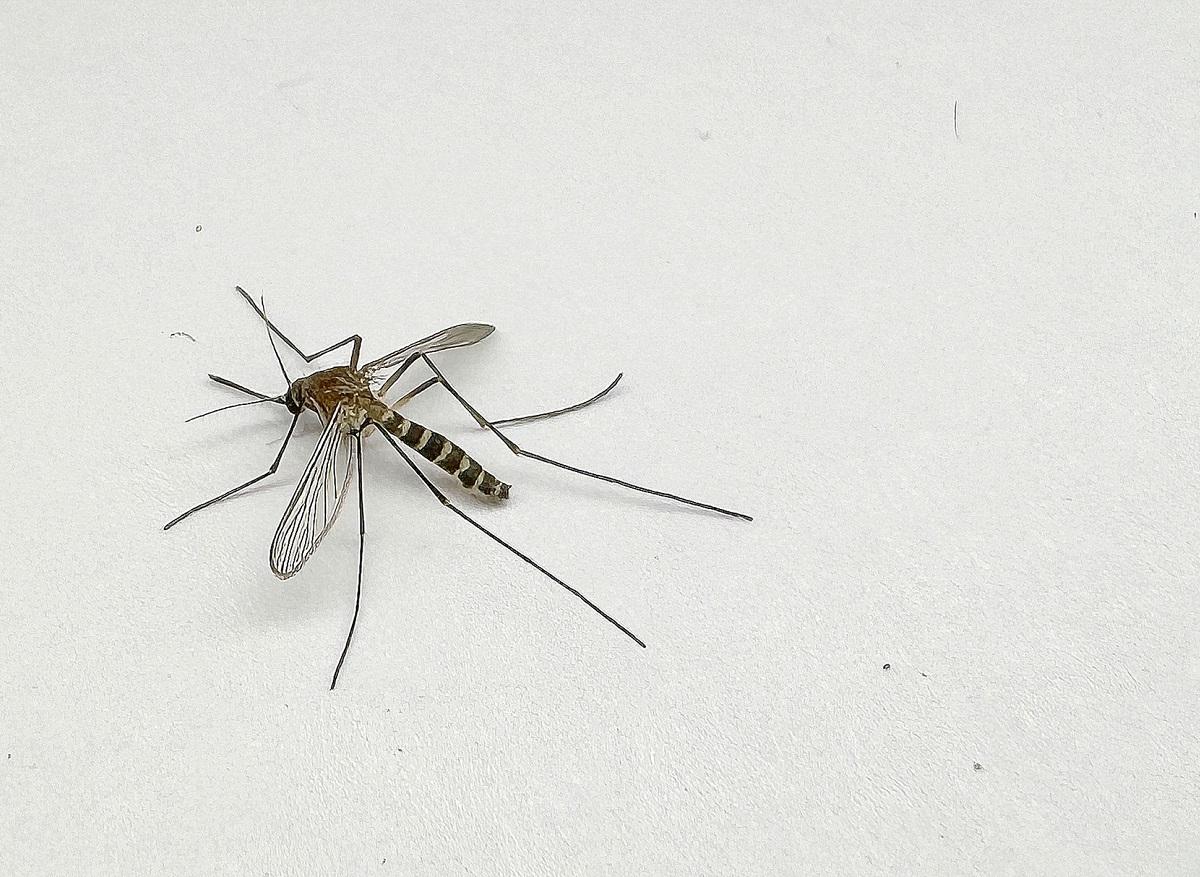While the colonization of tiger mosquitoes has been intensifying for several years in France, the city of Toulouse has instructed its inhabitants to eliminate the breeding sites under penalty of receiving a fine of up to 400 euros.

The people of Toulouse go on a crusade against the proliferation of tiger mosquitoes. While the colonization of these insects has intensified for several years in France (42 departments on red alert), the city of Toulouse has instructed its inhabitants to eliminate the breeding grounds, that is to say the least source of stagnant water, such as the bottoms of gutters or even flowerpot saucers, under penalty of receiving a fine. It is indeed in these small quiet corners that the females lay their eggs. “It’s a collective, public / private issue,” said Françoise Roncato, deputy mayor in charge of the animal, during a press point on June 12. “You will have to live with the mosquito in Toulouse. Eradicating it is a lure. You have to adapt to it and do the right things to prevent its proliferation.”
Very committed to the fight against the tiger mosquito which took up residence in Toulouse in 2017, the city launched a prevention campaign called “Action against tiger mosquitoes” last May. If communication has intensified in Toulouse, it is because the tiger mosquito is the vector of many potentially dangerous diseases such as zika, dengue and chikungunya. For the deputy mayor, everyone must make a commitment: “80% of the breeding grounds are with the inhabitants. Each Toulousain must therefore be an actor to fight effectively, it is everyone’s business. We need to take action: if there is a recurring refusal to treat the breeding grounds, we can initiate a formal notice procedure, an offense report will be sent to the offender who will risk up to 400 euros in ‘fine”.
The municipality is in charge of destroying the breeding sites around buildings and in public places. Fifteen mosquito repellent terminals vaporizing Co2 (in order to imitate human breathing, attract mosquitoes and trap them) have been installed in certain nurseries. As well as repellent plants, such as thyme, lemongrass and geraniums, have been planted in some schools. Bat nest boxes should soon be installed in municipal buildings.
More than 60 departments involved
In total, 42 departments are placed in red vigilance and 20 in orange vigilance. Currently in France, the six departments of the Provence-Alpes-Côte-d’Azur region, as well as the southern half of France, are placed on tiger mosquito red vigilance. Hauts-de-Seine, Aisne, Hautes-Alpes, Hautes-Pyrénées, Ariège, Lozère, Indre, Maine-et-Loire and Corrèze were also “colonized”, specifies Vigilance – mosquitoes.
Ile-de-France is also affected by the colonization of tiger mosquitoes. “In addition to Paris, 4 departments are in orange vigilance: Val-d’Oise, Seine-et-Marne, Essonne, Seine-Saint-Denis, where the tiger mosquito was intercepted during the 5 recent years “, alert Vigilance-mosquitoes, according to which in the vast majority of cases, the departments in orange switch to red vigilance over the following years. “They therefore require special citizen vigilance, especially since they do not benefit from the entire system provided for by the anti-dissemination plan” provided for in the departments placed in red vigilance.
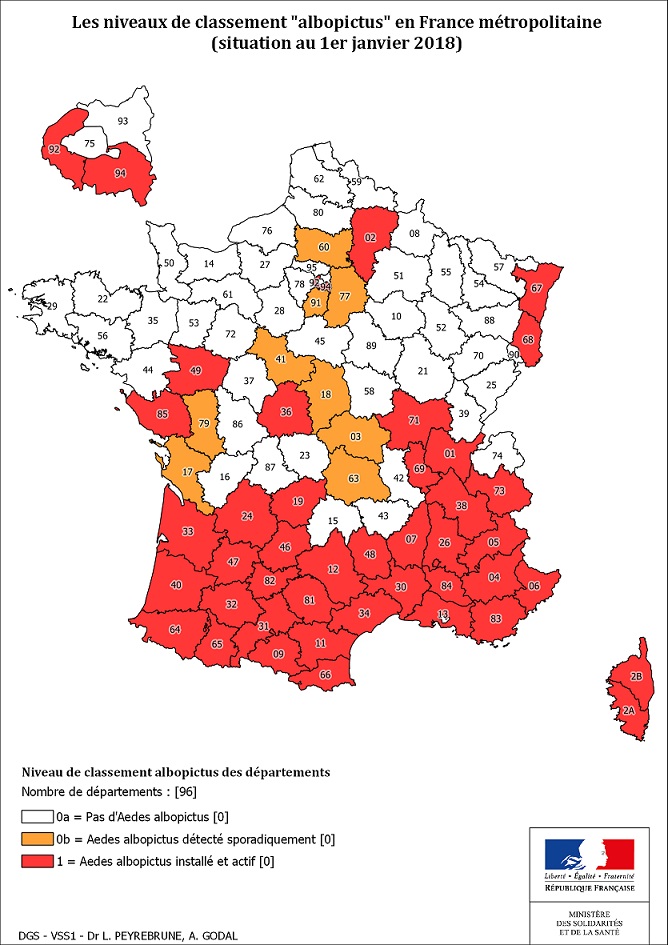
If you are traveling abroad
In France, 11 indigenous cases (that is to say cases of people bitten and contaminated in metropolitan France) of dengue were reported in Hérault in 2014, 7 indigenous cases of dengue in Gard in 2015 and 17 indigenous cases. of chikungunya in the Var in 2017. The risk is therefore real. In particular with the regular exchanges between the metropolis and the island of Reunion where a dengue epidemic is raging. “There is a risk of importing this virus which could be at the origin of a start of the cycle of ‘indigenous’ transmissions”. Indeed, the tiger mosquito becomes infected by biting a sick traveler, carries the virus and transmits it secondarily to non-immune people during a next bite. Thus, an autochthonous transmission cycle is generated and can be at the origin of one or more epidemic foci.
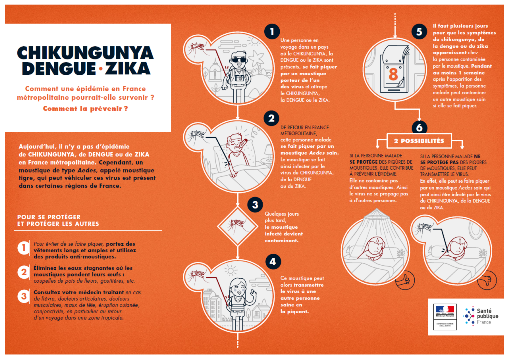
The tiger mosquito is also present in Colombia, Brazil, Martinique, Honduras, Guyana, Guadeloupe, Saint Martin, Dominican Republic, Haiti, Barbados, Puerto Rico, Mexico, Guatemala, Panama, Venezuela, Bolivia, Ecuador, New Caledonia, in Senegal, Ivory Coast and Burkina Faso. Health authorities recommend that people traveling to these countries protect themselves against mosquito bites, including during the day, by using skin and clothing repellents, and by wearing long, loose clothing.
“If a person presents within 7 days of returning to mainland France with signs suggestive of dengue fever (joint pain, muscle pain, headache, rash with or without fever, conjunctivitis), he must consult a doctor and continue to protect against mosquito bites, including using a mosquito net if possible, so as not to transmit the disease in metropolitan France, if the tiger mosquito is present in the department, “advises the Ministry of Health. If you think you have seen a tiger mosquito in your town, you can also report it on the official portal www.signalement-moustique.fr.
.







